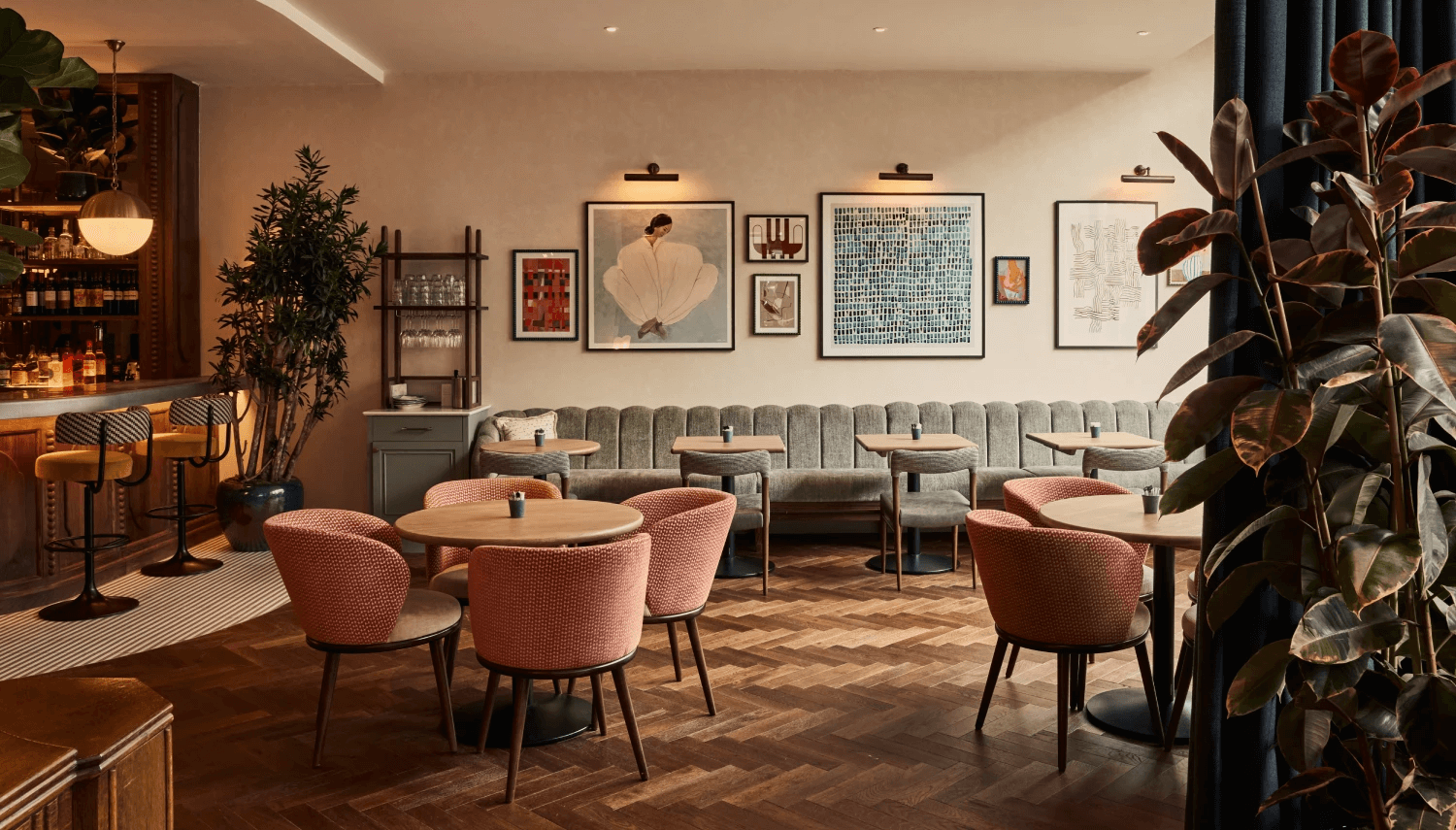
Author: Arti Devmurari
Published: July 9, 2025 | Updated: July 23, 2025The best hospitality spaces are more than just beautifully designed interiors; they tell a story, create a mood, and leave a lasting impression on every guest who walks through the door. Whether it’s the charm of a cozy café, the elegance of a fine-dining restaurant, or the welcoming ambiance of a luxury hotel, a well-thought-out design can transform an ordinary space into an extraordinary experience.
From lighting and furniture to colors and textures, every detail plays a role in making guests feel comfortable, engaged, and excited to return. So, how do you create a hospitality space that’s not only aesthetically stunning but also deeply inviting? Let’s explore the essential design ideas that will help you craft spaces that people will love spending time in.
First impressions matter. The entrance of your café, restaurant, or hotel is the first thing guests see—and it sets the tone for their entire experience. A thoughtfully designed entryway should feel inviting and effortlessly draw people inside.
For cafés, a charming outdoor seating area with warm lighting and a touch of greenery can make all the difference. Picture twinkling string lights, rustic wooden tables, and potted plants lining the entrance—these simple touches can create an intimate, cozy feel that encourages passersby to step in.
Restaurants can make a statement with bold entryway designs—perhaps an oversized door with a unique texture, a grand archway, or a dramatic lighting feature that immediately captures attention. Soft background music and the irresistible aroma of fresh food can also enhance the sensory experience.
Hotels, on the other hand, should offer a sense of comfort and elegance from the moment guests arrive. A well-designed lobby with plush seating, soft lighting, and subtle yet sophisticated decor can make visitors feel instantly at home. Adding local artwork or culturally inspired elements gives the space authenticity and a unique identity.
Design Tip: Add a statement piece, such as a striking chandelier, an art installation, or a living wall, to create a memorable first impression.

Lighting is one of the most powerful elements in hospitality design. It shapes the atmosphere, influences emotions, and can even affect how food and drinks are perceived.
For cafés, warm, diffused lighting works wonders in creating a relaxing environment. Pendant lights above tables, a mix of natural and artificial light, and soft wall sconces can create a cozy, intimate setting.
Restaurants can play with lighting to enhance the dining experience. Dim, ambient lighting sets the stage for a romantic dinner, while bright, focused lighting in casual dining spaces encourages lively conversations. A mix of recessed lighting, candlelight, and decorative fixtures can add warmth and depth to the space.
Hotels should incorporate layered lighting to enhance both functionality and ambiance. Soft bedside lamps, subtle hallway lighting, and elegant statement pieces in communal areas ensure a seamless blend of comfort and sophistication.
Design Tip: Consider installing smart lighting that adjusts throughout the day—brighter in the morning to energize guests and softer in the evening for a relaxed, welcoming glow.

The Psychology of Color: Choosing the Right Palette
Colors have the ability to evoke emotions, set moods, and even influence how guests interact with a space. Choosing the right color palette is crucial in hospitality design.
Warm tones like terracotta, mustard yellow, and deep oranges create an inviting, lively atmosphere, making them ideal for bustling cafés and vibrant restaurants. These colors encourage warmth and energy, perfect for spaces where social interactions thrive.
For a more calming experience, cool tones like blues, greens, and soft neutrals work beautifully in hotels and fine dining restaurants. These shades promote relaxation, making guests feel at ease the moment they step in.
Earthy neutrals such as beige, taupe, and charcoal offer a timeless and sophisticated look, making them perfect for luxury hotels and upscale restaurants. They serve as a neutral backdrop, allowing statement pieces and textures to shine.
Design Tip: Add pops of accent colors through furniture, decorative elements, or feature walls to introduce personality without overwhelming the space.
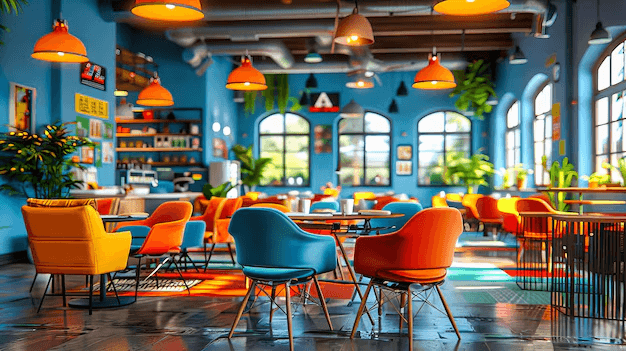
Balancing Beauty with Comfort & Functionality
A well-designed hospitality space needs to be both beautiful and functional. It should encourage guests to linger while ensuring smooth operations for staff and service.
Seating plays a crucial role in comfort. In cafés, consider a mix of cozy armchairs, communal tables, and intimate booths to cater to different guest preferences. Restaurants should include a variety of seating arrangements, from intimate two-person tables to larger communal spaces, creating a dynamic dining experience.
Hotels require a careful balance of aesthetics and ergonomics. Whether it’s a plush lounge chair in a hotel lobby or a sleek yet comfortable bed in a guest room, every piece should contribute to a seamless and enjoyable stay.
Design Tip: Optimize your layout to ensure an easy flow of movement, both for guests and staff, while still maintaining a sense of intimacy and warmth.
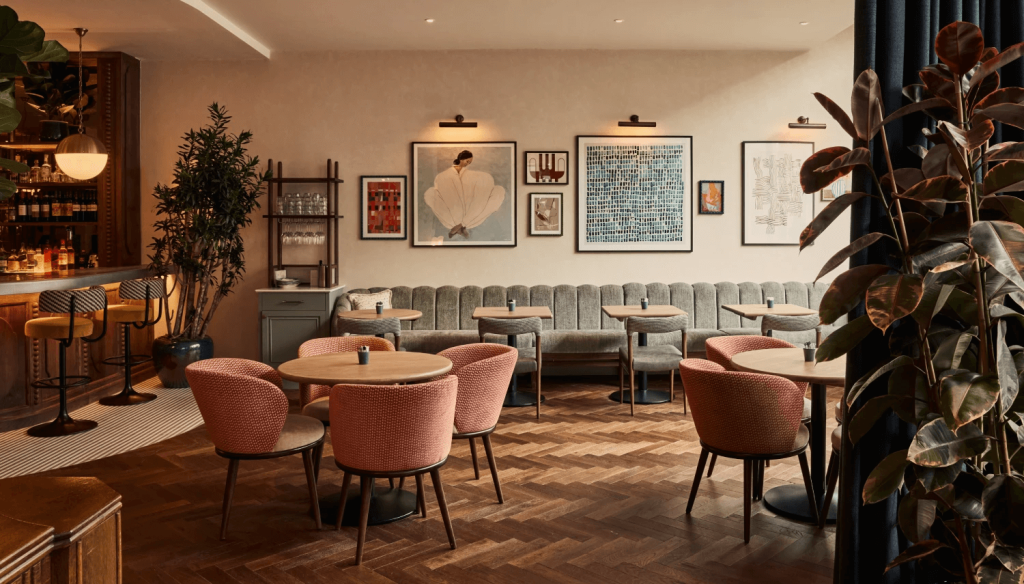
Bringing the Outdoors In: The Power of Biophilic Design
Incorporating nature into interior spaces has become a defining trend in hospitality design. Not only does it enhance aesthetic appeal, but it also improves well-being, reduces stress, and enhances air quality.
Cafés and restaurants can integrate hanging plants, indoor trees, or vertical gardens to create a refreshing, organic atmosphere. A well-placed greenery wall or potted plants at every corner can soften the space and make it feel more alive.
Hotels can take this concept even further by incorporating natural materials like wood, stone, and linen to create a seamless connection with the outdoors. A hotel lobby with a calming water feature or an open-air courtyard provides a tranquil retreat for guests.
Design Tip: If you have outdoor seating, use elements like shade umbrellas, fairy lights, and comfortable cushions to make the space feel just as inviting as the indoors.
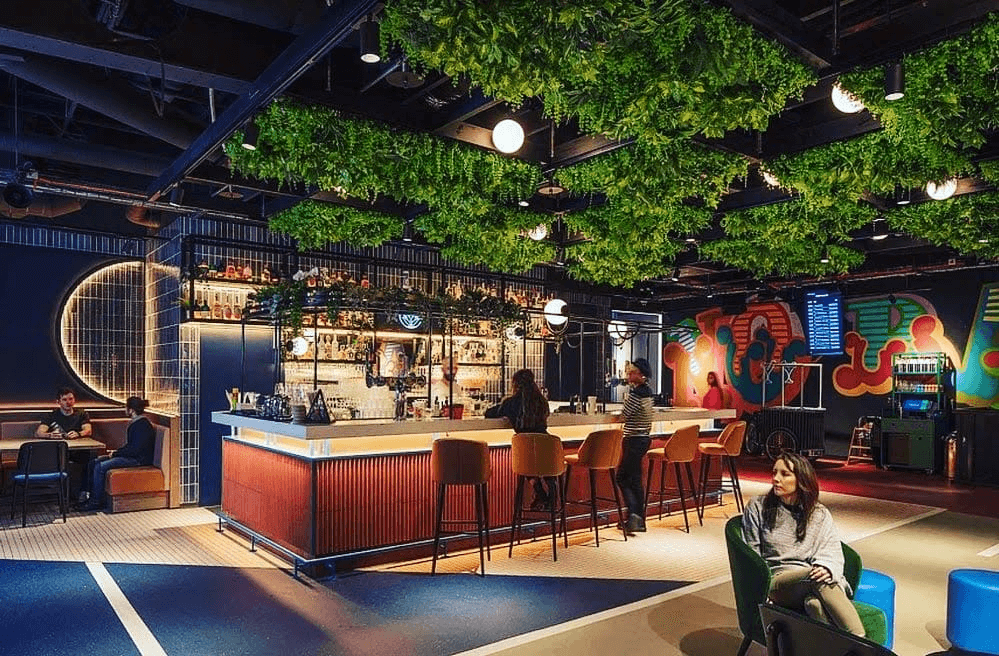
Personalizing Spaces with Unique Decor & Sensory Experiences
What makes a hospitality space truly stand out? The details. Personalized decor elements can transform a space from generic to unforgettable.
Cafés can showcase local artists’ work, add a bookshelf corner for book lovers, or even feature a quirky neon sign that adds character. Restaurants can experiment with statement wall art, open kitchen concepts, or creative bar designs that become conversation starters. Hotels can integrate cultural elements, handcrafted furniture, or regionally inspired artwork to give each space a distinct identity.
Beyond visual appeal, hospitality spaces should also engage other senses. The right background music can elevate the experience, whether it’s soft jazz in a café, upbeat indie tunes in a brunch spot, or elegant instrumental melodies in a luxury hotel. Scent is another powerful tool—signature fragrances like lavender, vanilla, or fresh coffee can create a comforting, familiar atmosphere that lingers in guests’ memories.
Design Tip: Create a unique “signature experience” by combining visual, auditory, and olfactory elements that define your brand.
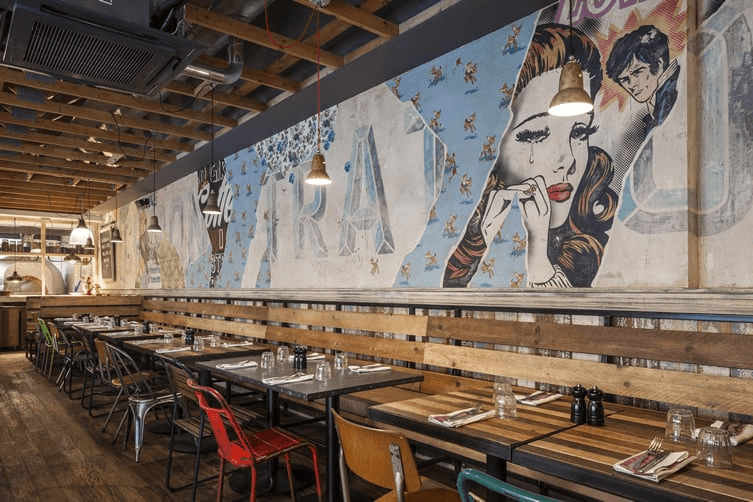
The Future of Hospitality Design: Smart & Interactive Spaces
With technology playing an increasing role in hospitality, integrating smart features can enhance the guest experience.
Cafés and restaurants can offer contactless ordering, self-checkout kiosks, or interactive digital menus to streamline service. Hotels can incorporate smart room controls, allowing guests to adjust lighting, temperature, and music with a single touch.
Augmented reality (AR) and virtual reality (VR) are also transforming hospitality design. Some hotels now offer virtual room tours before booking, while interactive mirrors in retail and dining spaces allow guests to see how products and outfits look in real-time.
Design Tip: While technology enhances convenience, it should never replace personal hospitality—ensure that high-tech solutions still offer a warm, human-centered experience.
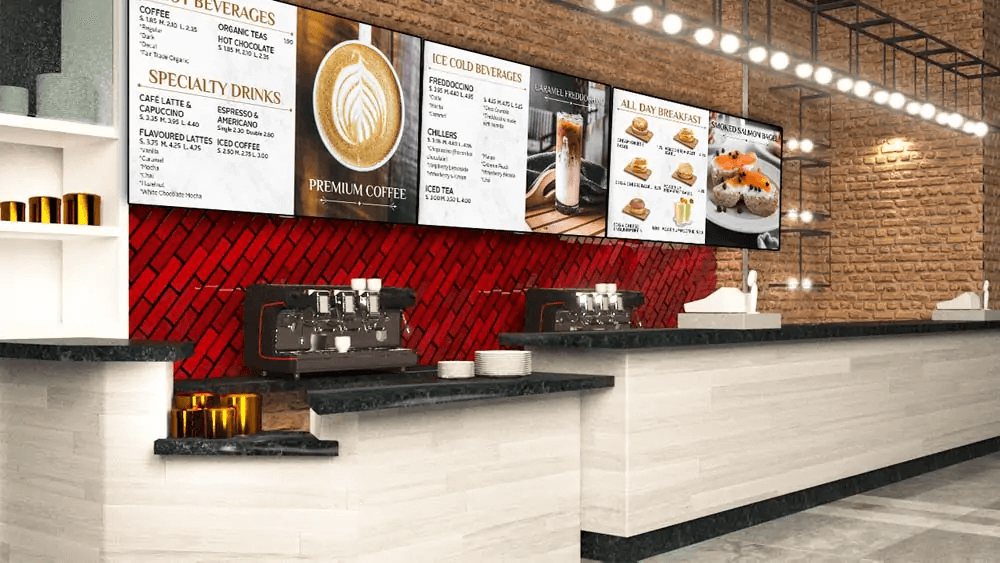
Final Thoughts
Creating an inviting hospitality space is about more than just good design—it’s about crafting an experience that guests will remember. From warm lighting and carefully chosen color palettes to comfortable seating and nature-inspired elements, every design decision contributes to how people feel when they step into your space.
Whether you’re designing a cozy café, a high-end restaurant, or a luxury hotel, the key is to make your guests feel welcomed, relaxed, and eager to return. With thoughtful touches and a deep understanding of guest experience, you can transform any hospitality space into a destination worth visiting time and time again.